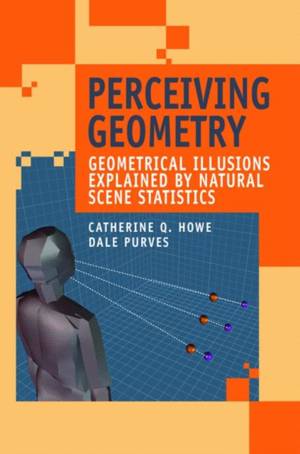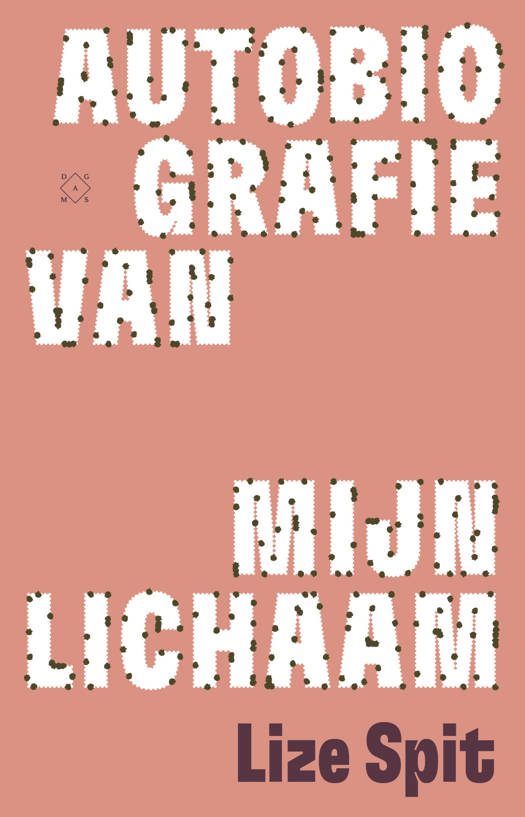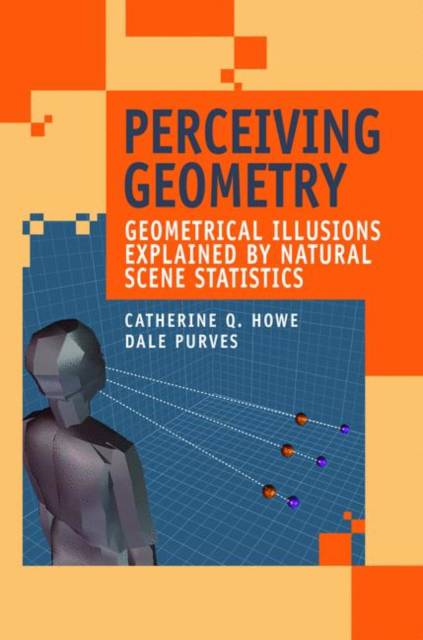
Bedankt voor het vertrouwen het afgelopen jaar! Om jou te bedanken bieden we GRATIS verzending (in België) aan op alles gedurende de hele maand januari.
- Afhalen na 1 uur in een winkel met voorraad
- Gratis thuislevering in België
- Ruim aanbod met 7 miljoen producten
Bedankt voor het vertrouwen het afgelopen jaar! Om jou te bedanken bieden we GRATIS verzending (in België) aan op alles gedurende de hele maand januari.
- Afhalen na 1 uur in een winkel met voorraad
- Gratis thuislevering in België
- Ruim aanbod met 7 miljoen producten
Zoeken
Perceiving Geometry
Geometrical Illusions Explained by Natural Scene Statistics
Catherine Q Howe, Dale Purves
Hardcover | Engels
€ 167,95
+ 335 punten
Uitvoering
Omschrijving
Understanding vision - whether from a neurobiological, psychological or philosophical perspective - represents a daunting challenge that has been pursued for millennia. Here, the authors consider the evidence that, with respect to the perception of geometry, the human visual system solves problems by incorporating past human experience of what retinal images have typically corresponded to in the real world. This empirical strategy, documented by extensive analyses of scene geometry, explains many otherwise puzzling aspects of what we see.
Specificaties
Betrokkenen
- Auteur(s):
- Uitgeverij:
Inhoud
- Aantal bladzijden:
- 126
- Taal:
- Engels
Eigenschappen
- Productcode (EAN):
- 9780387254876
- Verschijningsdatum:
- 16/08/2005
- Uitvoering:
- Hardcover
- Formaat:
- Genaaid
- Afmetingen:
- 161 mm x 242 mm
- Gewicht:
- 358 g

Alleen bij Standaard Boekhandel
+ 335 punten op je klantenkaart van Standaard Boekhandel
Beoordelingen
We publiceren alleen reviews die voldoen aan de voorwaarden voor reviews. Bekijk onze voorwaarden voor reviews.












